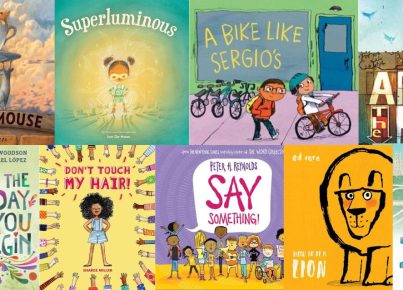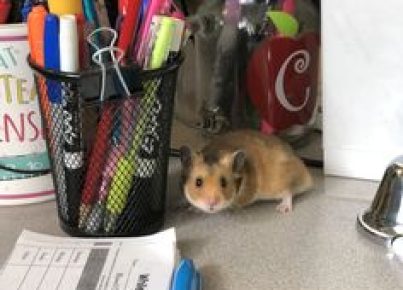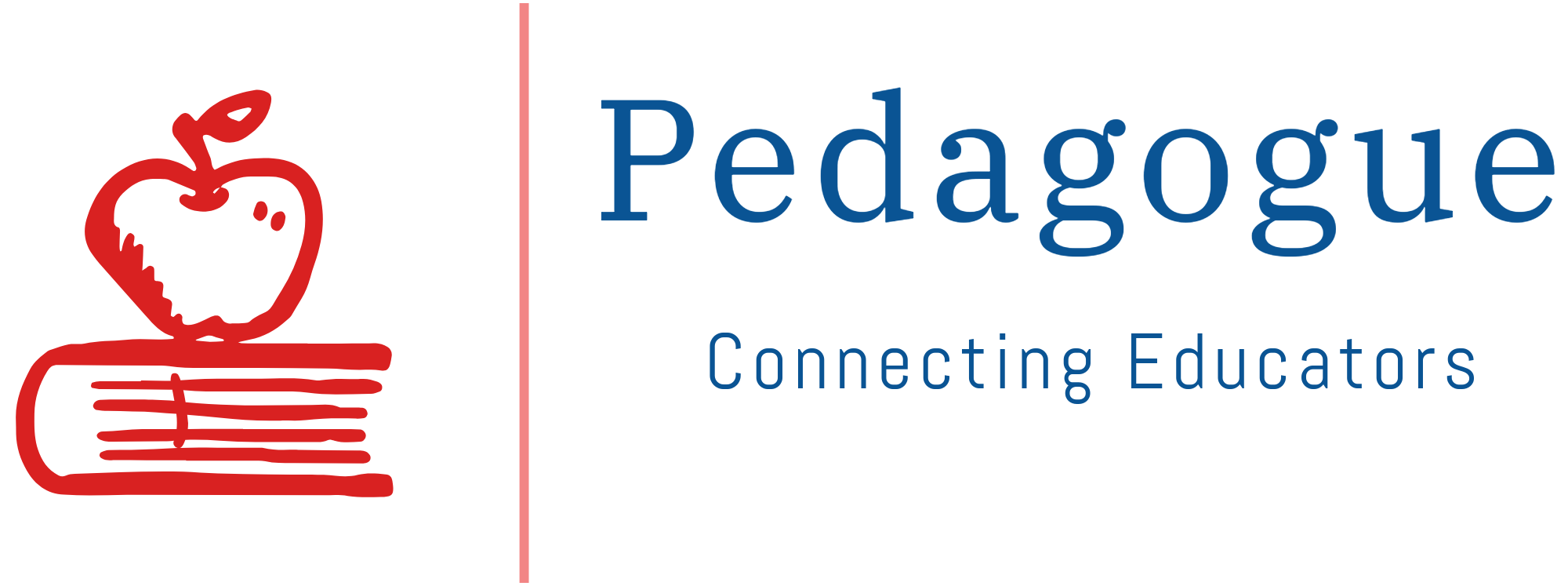Are you looking for Chemistry apps, tools, and resources that you can use with your students? If so, we have you covered. Check out our list below. Let us know if there are any that we missed.
3D Molecules Edit & Test Interactive Simulations– Helps high school or college chemistry students learn by building 3-D models of organic and inorganic compounds for simple practice or for 3-D printing. Molecules can be viewed in 3-D using the stick, ball, and stick and space-filling (CPK) models.
Arloon Chemistry– This app turns your chemistry class into a lab. Totally change the way your students learn chemistry and write inorganic chemical formulas by using this app. Augmented reality lets students view inorganic molecules in 3-D; this app makes learning chemistry nomenclature practical and easier.
Chem Pro– This app makes AP chemistry and general chemistry fun and easy. It contains over 80 tutorial videos that cover the syllabus for both courses. It also comes with nine sets of flashcards to help you commit every important concept to memory. The app also comes with important tools such as the periodic table, molar mass calculator, and others. This app is new to the iPhone, iPad, and iPod touch.
Chemistry Isomers– Learn to visualize the spatial arrangements and nomenclature of organic chemistry isomers in a fun and entertaining way. With over 400 exercises, this app will help you master chemistry isomers with ease; it provides instant feedback as you solve each exercise, taking the guesswork out of studying.
CK-12– Helps students and teachers to improve elementary learning worldwide by making personal education tools available. Learn more than 5,000 math and science topics at a speed that suits you. Math topics include arithmetic, measurement, algebra, geometry, probability, statistics, trigonometry, analysis, and calculus. Science subjects include geography, life science, physical science, biology, chemistry, and physics. Other subjects include SAT exam prep, engineering, technology, astronomy, English, and history.
Collisions: Play Chemistry– A fun and easy way to learn chemistry by introducing the core foundations of chemistry interactively. Various shapes are also included to simulate how binding of molecules occurs during chemical reactions and how complex compounds are formed between ions. Students also can test the strength of various acids.
HoloLAB Champions– HoloLAB Champions is a VR chemistry game show whose contestants become champions of lab practice by completing lab experiments. Contestants must accurately and safely finish experiments with the help of holographic hosts, Earl and Meyer. Players in the game interact with materials that resemble the equipment and materials that exist in a real chemistry lab that allows them to learn and practice real lab skills in a safe environment.
Late Nite Labs– Late Nite Labs creates a safe environment for students to learn about any experiment. Teachers can manage lab setups at any time, and students can access their labs from any place. Whether dissecting a frog, experimenting with chemicals in chemistry, shooting off a cannon to observe free fall, or just playing around, Late Nite Labs allow you to re-create and simulate your experiment online. This helps to teach children the reality of labs, without the worry of messing up in real life.
Math Ref– To help students learn math and related subjects, this app combines 1,400 equations and formulas. It can be used in physics, chemistry, science, math, and more. There really is no reason to memorize equations nowadays; instead of writing them down or searching for them every time you need them, Math Ref will keep the formulas you need at your fingertips. The app also includes essential tools such as unit converting, triangle solver, and basic calculators to aid you in doing homework problems.
Minecraft: Education Edition– This version of Minecraft will help you learn. Whether computer science, wilderness conservation, chemistry, coding, math, STEM topics, and more, you can learn educational topics the fun way. If you love Minecraft, you will surely love this version.
Periodic Table– This periodic table app includes many illustrations and fun facts intended to infuse fun into periodic table lessons for the young learner. This free app was designed on the blueprint of the highly-rated Royal Society of Chemistry Periodic Table website. Periodic Table is useful for students and teachers as well as the average knowledge seeker.
Sugar Shake – Sugar Shake lets students shake and tilt sugar molecules to start chemical reactions. Based on real cell structures, Sugar Shake includes ten proteins that break down sugars in our bodies. By shaking and tilting the matching sugar molecule towards its protein, users set off chemical reactions, avoid obstacles and score points. Students can also examine the structure and function of each molecule from all angles. This is a good app for a quick chemistry or health unit review!
The Chemical Touch – The Chemical Touch is a Periodic Table and Amino Acid Companion that is easily accessible on an iPhone or tablet. Chemistry students can explore elemental properties with a single touch, gaining access to information about atomic mass, density, melting point, boiling point, atomic radius, and electronegativity. Students can select specific trends such as electronegativity to recolor the Periodic Table and view trends and patterns. Each element and amino acid also links directly to its Wikipedia page so students can gather even more information.
Vernier Go Direct® Sensors with Graphical Analysis™ 4 – Go Direct® sensors collect real-time data from science experiments and lab work and connect directly to student computers or mobile devices. Each of the 40+ types of sensors offered by Vernier are all-in-one style sensors that come with software. Vernier also produces textbooks, with experiments designed to complement their sensors for Chemistry, Physical Science, and middle school science. All purchases include the free app Graphical Analysis 4, which helps students create real-time graphs of their experimental data.



